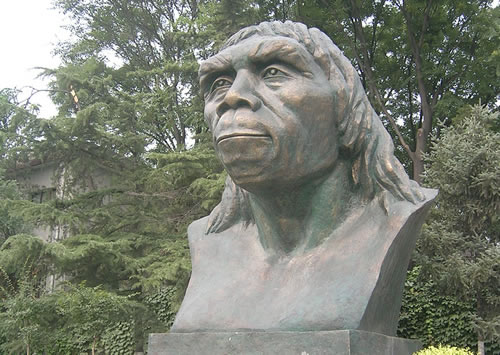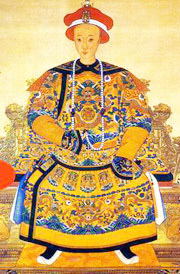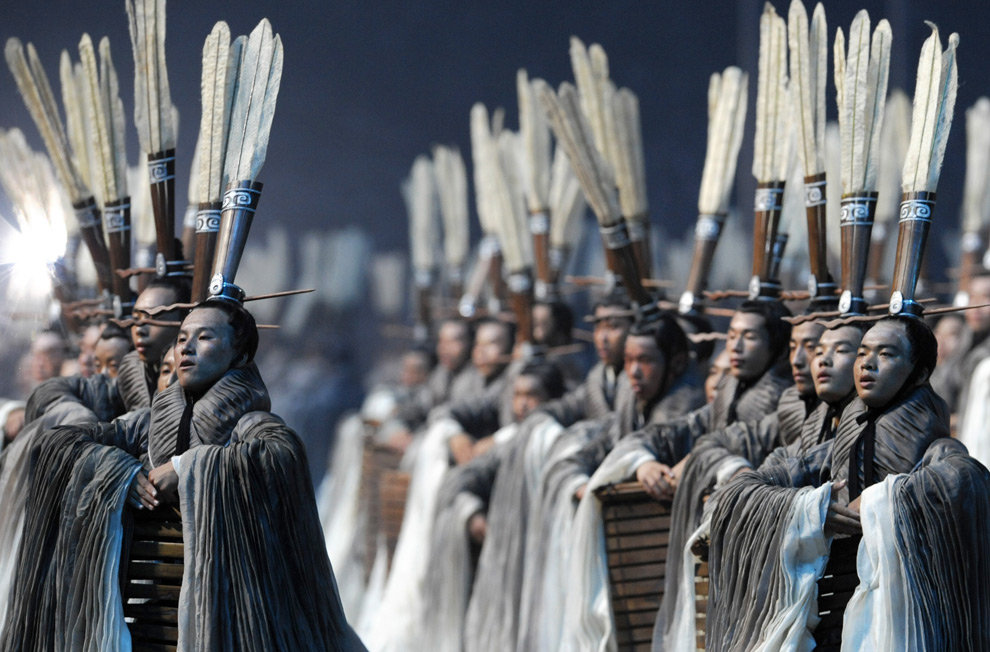| |
| Introduction |
| Overview of Beijing: History |
Beijing, as the capital city of China, is the political and cultural center of the country. The city’s history can be traced back to the earliest inhabitation by Beijing Man in prehistoric times, 700,000 years ago. Beijing’s history as an imperial capital dates from the Spring and Autumn Period (770 B.C. - 476 B.C.). It served as the political and cultural center in the successive dynasties of Song, Yuan, Ming and Qing in China’s long history and consequently gave rise to a great number of historical and cultural relics and antiquities. Many visitors from all over the world come to explore the splendid history of both the capital and the country. traced back to the earliest inhabitation by Beijing Man in prehistoric times, 700,000 years ago. Beijing’s history as an imperial capital dates from the Spring and Autumn Period (770 B.C. - 476 B.C.). It served as the political and cultural center in the successive dynasties of Song, Yuan, Ming and Qing in China’s long history and consequently gave rise to a great number of historical and cultural relics and antiquities. Many visitors from all over the world come to explore the splendid history of both the capital and the country.
Take a Beijing tour is absolutely worthwhile! The Great Wall of China, the grandest ancient military fortification in the world, is a must for every traveler to China. The Forbidden City, a splendid complex of imperial palaces from China's Ming and Qing dynasties in the center of the city, shows the luxurious life of the Chinese emperors. Other imperial structures that are worth visiting include Summer Palace, Beihai Park and Temple of Heaven.
In addition to its historical wonders, Beijing's hutongs and courtyard complexes give visitors a feeling for the traditional daily life of the ordinary Beijing people.
 Beijing is a gourmand's paradise with a full range of delicious cuisines from different regions at home and abroad. Restaurants in the city provide everything including the well-known Roast Duck, the gourmet Imperial Court Cuisine, flavored Mongolia Hotpot and hundreds of local snacks. There are also numerous western food restaurants providing a range of American, Brazilian, French, German, Indian and other cuisines catering for those who miss their home dishes. Beijing is a gourmand's paradise with a full range of delicious cuisines from different regions at home and abroad. Restaurants in the city provide everything including the well-known Roast Duck, the gourmet Imperial Court Cuisine, flavored Mongolia Hotpot and hundreds of local snacks. There are also numerous western food restaurants providing a range of American, Brazilian, French, German, Indian and other cuisines catering for those who miss their home dishes.
Today, Beijing is becoming a sparkling metropolis with modern skyscrapers, shopping malls, efficient transport routes and numerous foreign investment enterprises. The near future is dominated by the Olympic Games, which will be hosted in Beijing in 2008.
|
After the fall of the Mongol-founded Yuan dynasty in 1368, the capital was initially moved to Nanjing. However, in 1403 the 3rd Ming emperor, Zhu Di, moved it back to Beijing and gave the city its present name. The Ming period was Beijing's golden era. The Forbidden City, the Temple of Heaven and many other Beijing landmarks were built in this period. The capital developed into a huge city becoming the religious and cultural center of Asia.
 In 1644, the Manchus overthrew the declining Ming dynasty and established China's last imperial line - the Qing. Despite the changing political climate, Beijing remained the capital. The Manchu imperial family moved into the Forbidden City and remained there until 1911. The Qing built both the Summer Palace and Old Summer Palace. These served as summer retreats for the emperors and their entourages. During the 19th century, Western countries established foreign legations in the Qianmen area south of the Forbidden City. These came under siege during the Boxer Rebellion in 1900. In 1644, the Manchus overthrew the declining Ming dynasty and established China's last imperial line - the Qing. Despite the changing political climate, Beijing remained the capital. The Manchu imperial family moved into the Forbidden City and remained there until 1911. The Qing built both the Summer Palace and Old Summer Palace. These served as summer retreats for the emperors and their entourages. During the 19th century, Western countries established foreign legations in the Qianmen area south of the Forbidden City. These came under siege during the Boxer Rebellion in 1900.
The Qing dynasty fell in 1911. In the chaotic first years of Republican China, Beijing was beset by fighting warlords. Following the Northern Expedition, the Kuomintang moved the capital to Nanjing in 1928, and renamed Beijing as Beiping ("Northern Peace") to emphasize that it was no longer a capital. Beijing remained a center for education and culture throughout the Republican Era. When the Kuomintang was defeated by the Communists in 1949, the new government proclaimed a People's Republic with its capital at Beijing.
|
|
|